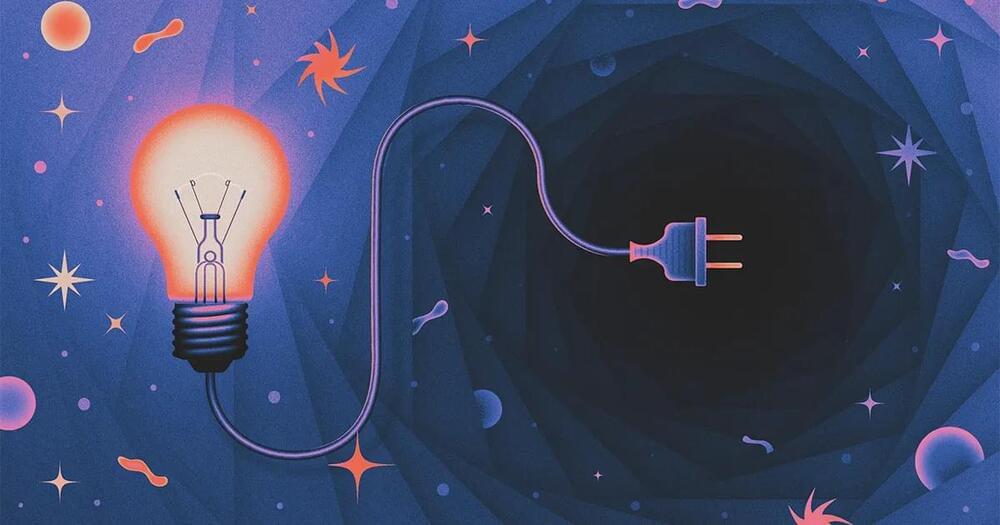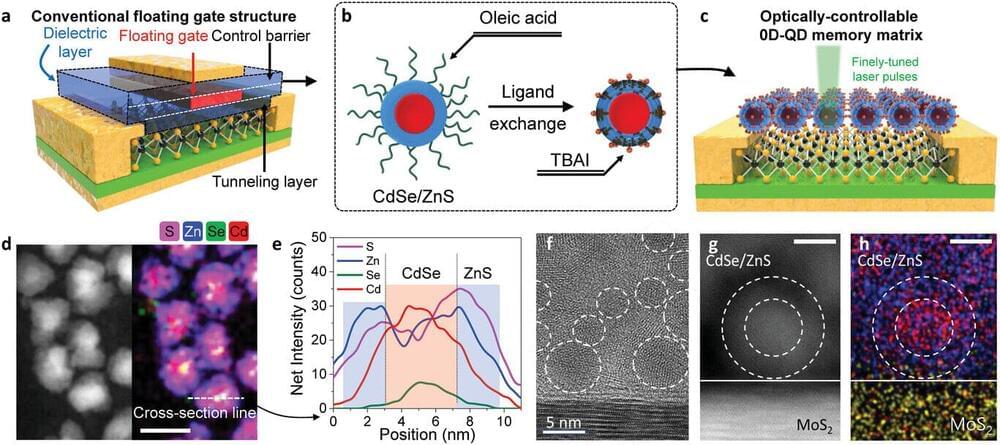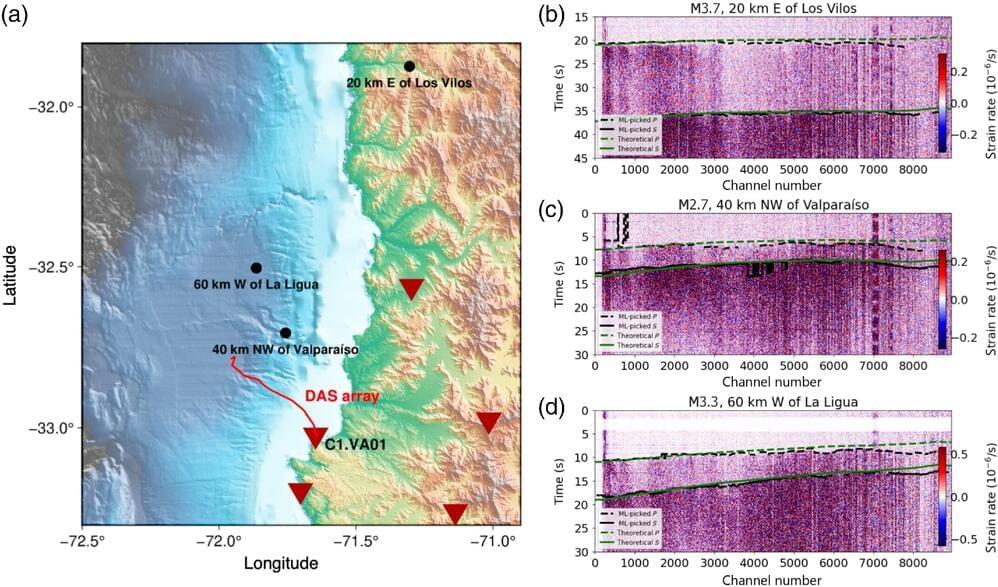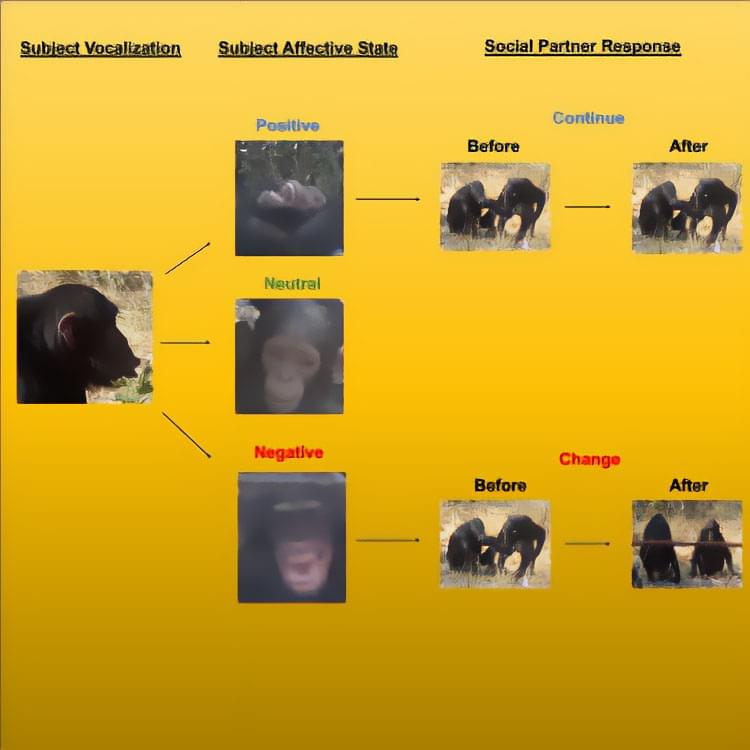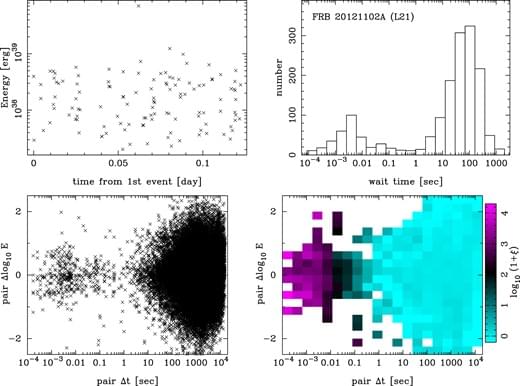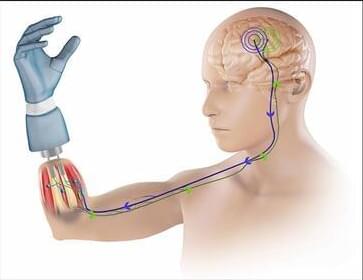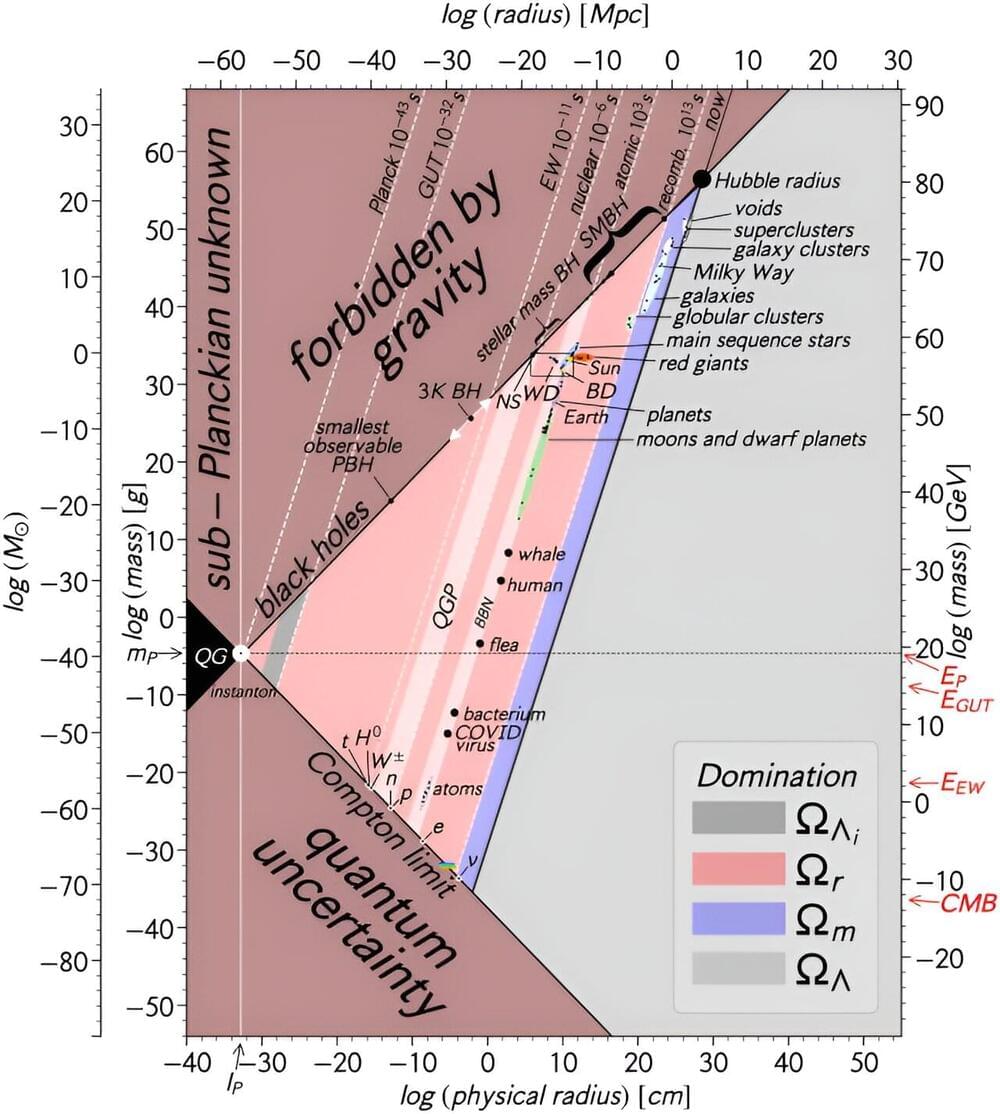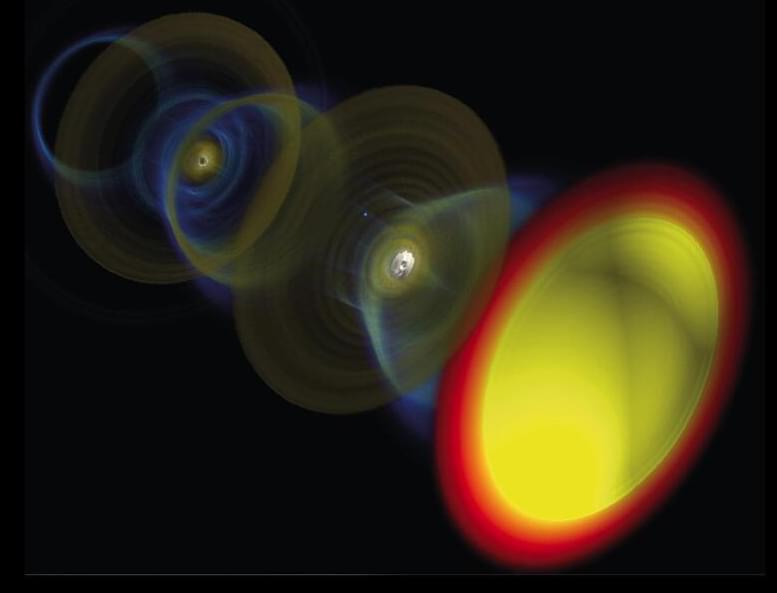An international team of scientists is rethinking the basic principles of radiation physics with the aim of creating super-bright light sources. In a new study published in Nature Photonics, researchers from the Instituto Superior Técnico (IST) in Portugal, the University of Rochester, the University of California, Los Angeles, and Laboratoire d’Optique Appliquée in France proposed ways to use quasiparticles to create light sources as powerful as the most advanced ones in existence today, but much smaller.
Quasiparticles are formed by many electrons moving in sync. They can travel at any speed—even faster than light—and withstand intense forces, like those near a black hole.
“The most fascinating aspect of quasiparticles is their ability to move in ways that would be disallowed by the laws of physics governing individual particles,” says John Palastro, a senior scientist at the Laboratory for Laser Energetics, an assistant professor in the Department of Mechanical Engineering, and an associate professor at the Institute of Optics.
